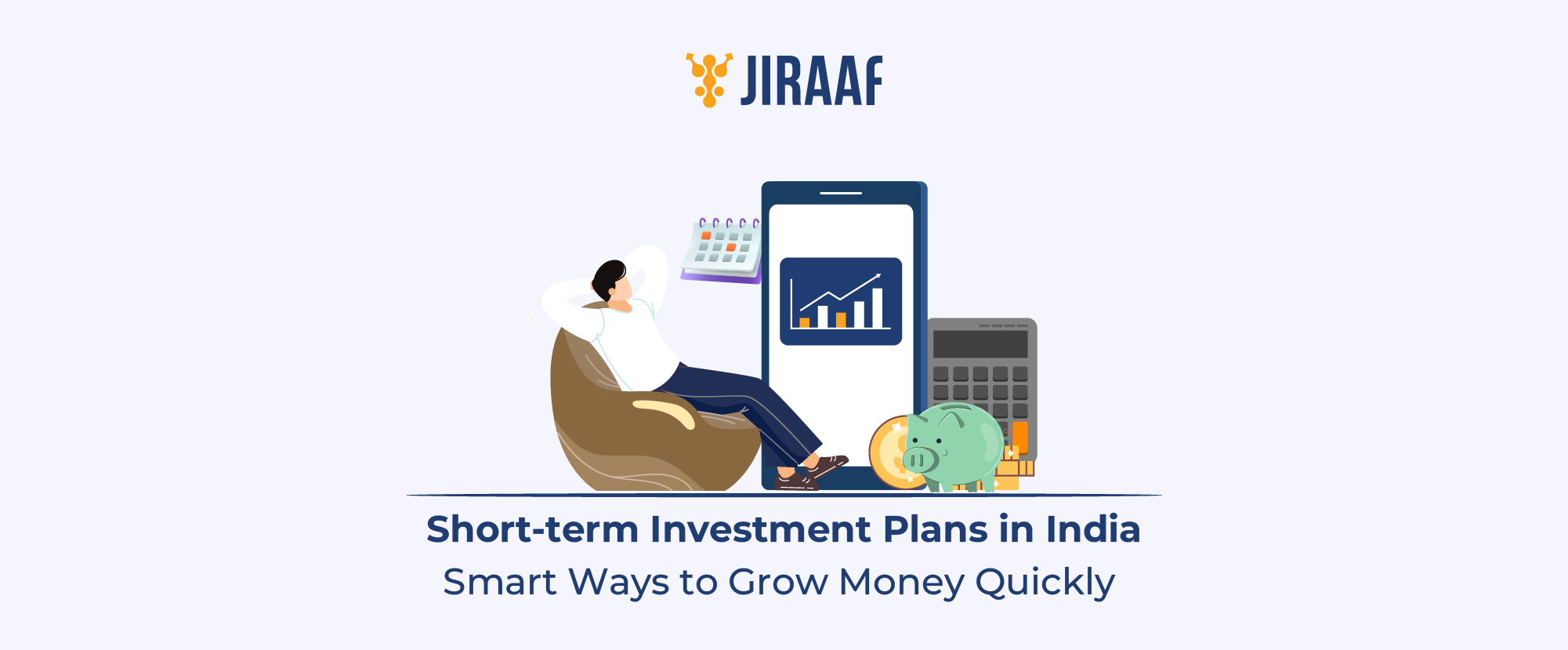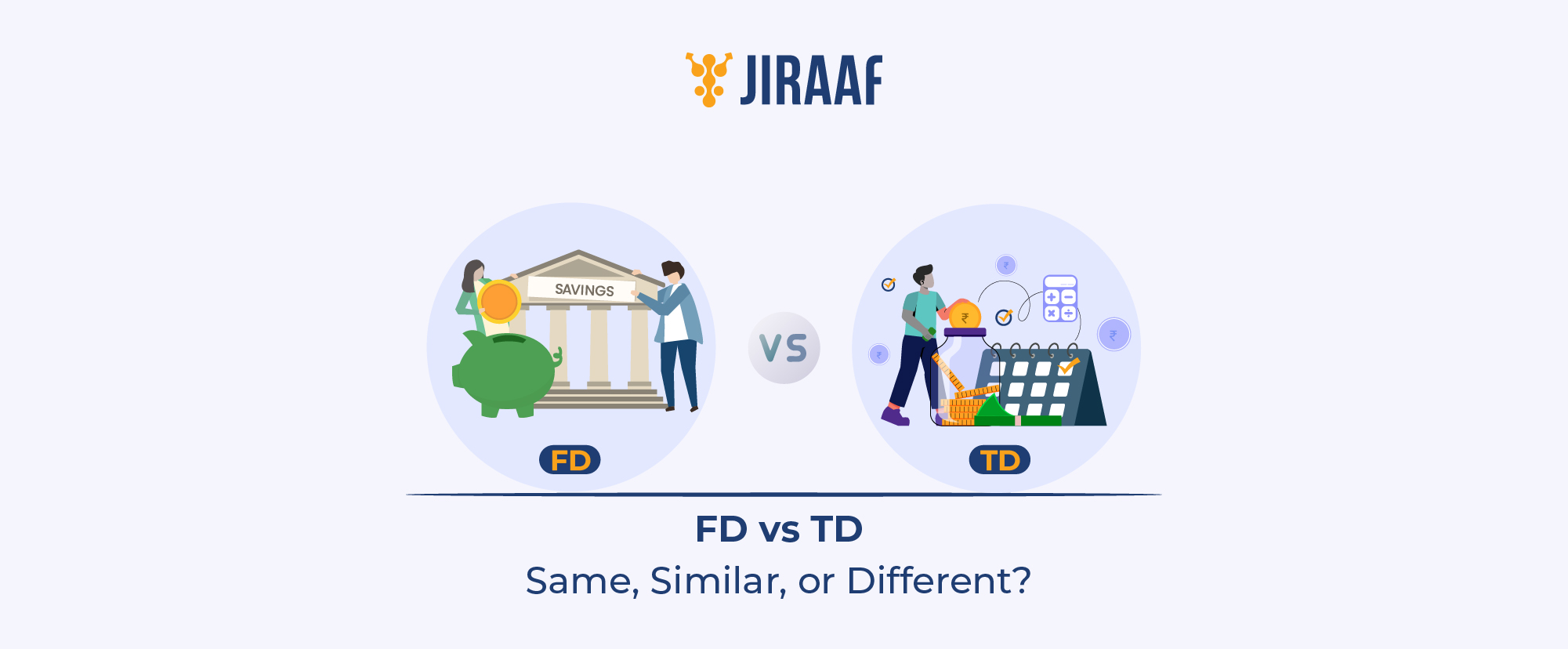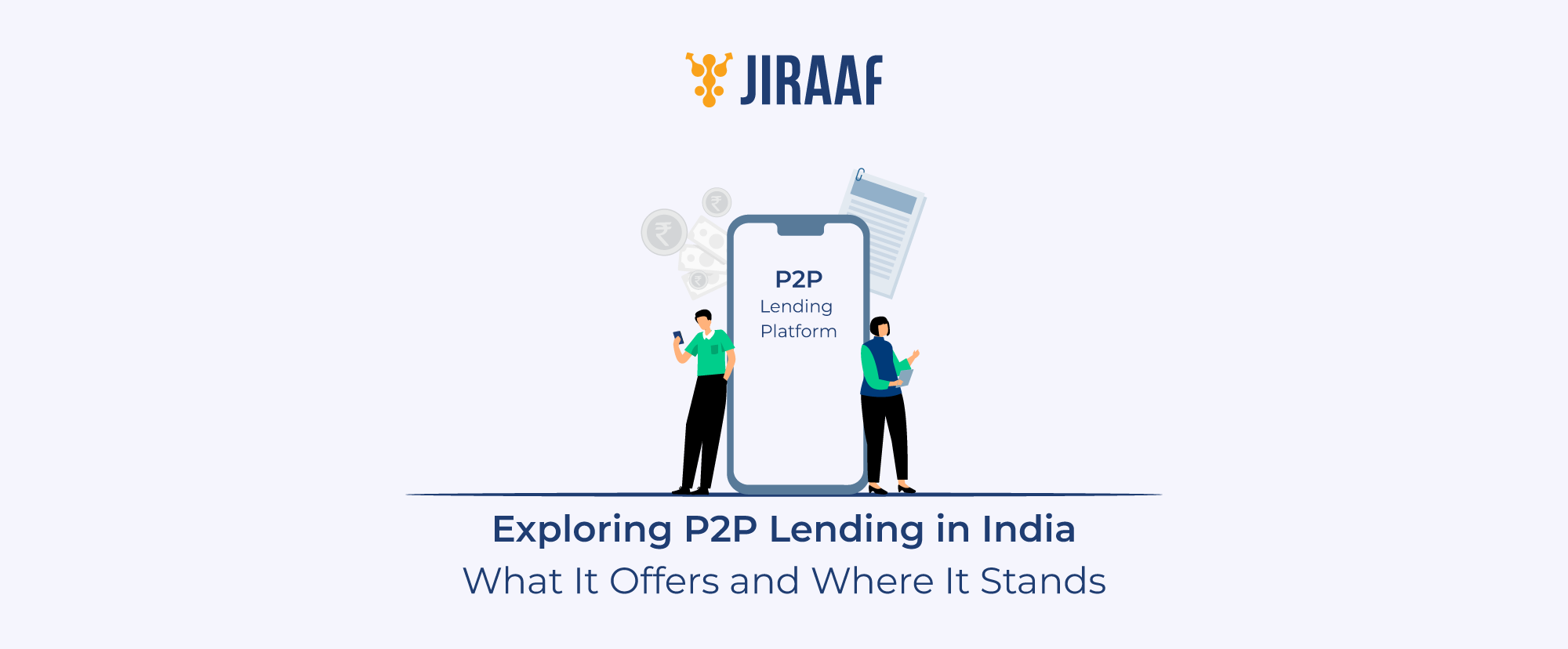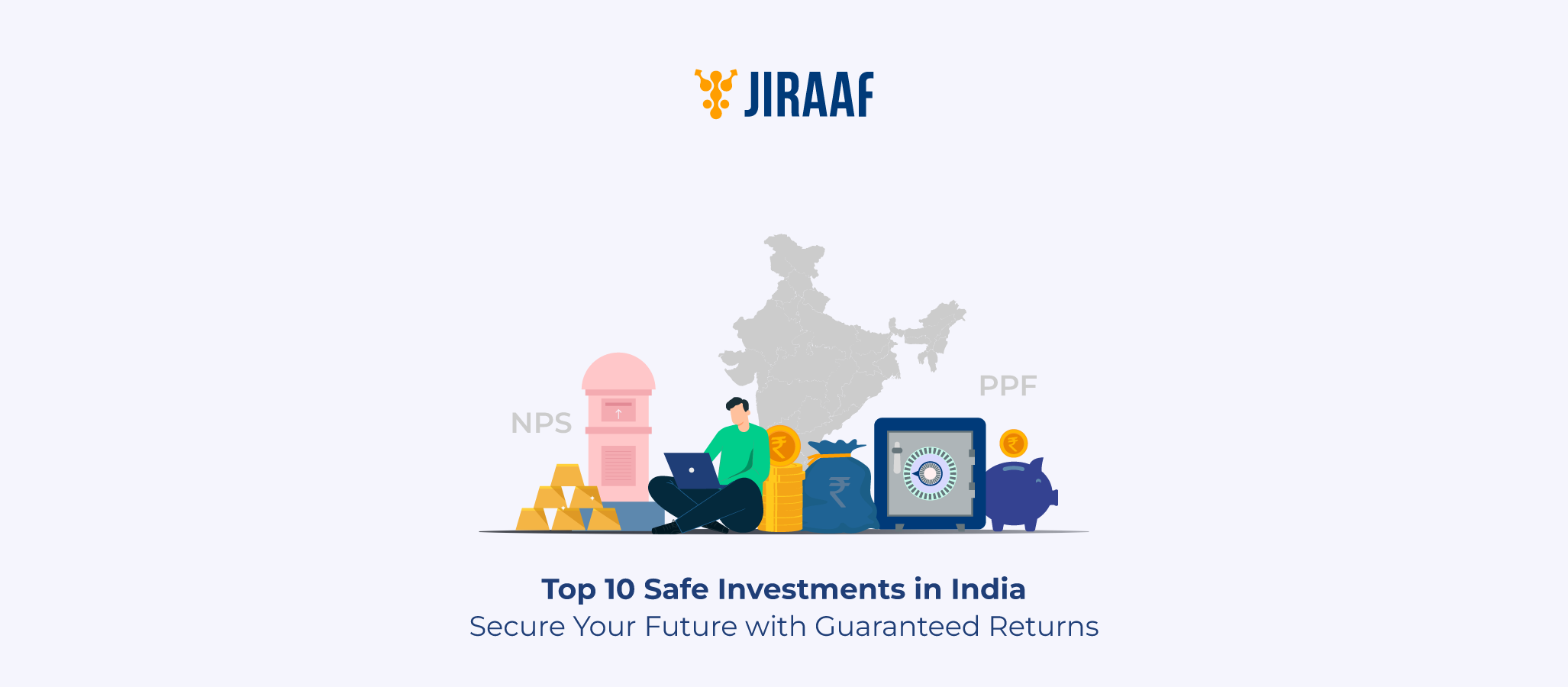When you leave a job after several years of service in India, you’ll likely be entitled to gratuity—a statutory lump sum benefit paid by your employer under the Payment of Gratuity Act, 1972. It’s designed to reward long-term commitment. Gratuity isn’t included in your regular salary; instead, you receive it when your employment terminates due to retirement, resignation (after minimum service), death, or disability. Here, we are going to discuss what gratuity exactly is, how it is calculated, who is eligible, gratuity calculation for government versus private sector employees, and the tax implications.
What is Gratuity?
A gratuity is a monetary token from your employer that is usually given upon reaching a certain duration of service, usually five years or more. The Payment of Gratuity Act, 1972, which requires businesses with 10 or more employees (factories, mines, stores, etc.) to pay gratuities, governs it in India.
Gratuity in India comes with several important features that employees should understand. To be eligible, you must complete five or more years of continuous service with an employer, though this requirement is waived in cases of death or disability. The gratuity amount is calculated as 15 days’ salary for each completed year of service, based on your last drawn salary (basic + dearness allowance).
The Indian government provides a tax exemption on gratuity amounts up to ₹20 lakh under Section 10(10) of the Income Tax Act, making it a valuable benefit. Employers are legally obligated to release the gratuity payment within 30 days of an employee’s exit; failure to do so makes them liable to pay interest on the delayed amount. These features make gratuity a significant financial safety net for long-serving employees in India. Given these characteristics, gratuities provide you with a sizable financial safety net.
Eligibility Criteria for Gratuity in India
The following requirements must be met to be eligible for a gratuity:
- Work for a company with 10 or more employees (and stay covered even if numbers decline later).
- Complete 5 years of continuous service, with certain exceptions (death, disability, mineworkers).
It may take around four years and eight months (240 days) to qualify for “continuous service” under the statute, even if you work at least 240 days in your fifth year. This is acknowledged by HR in many organizations and supported by judicial decisions (such as those made by the Madras High Court).
The five-year minimum is entirely removed if you are retiring because of death or disability.
How to Calculate Gratuity—Formula & Example
Calculating the gratuity follows a simple formula.
Eligible Gratuity = Last Drawn Salary (basic + DA) 15/30 * Number of Years of Service
- Basic salary + DA: only these components are considered.
- 15/26: paying 15 days’ wages per year.
- 30: average working days in a month.
- Years of service: each full year plus any partial year ≥ 6 months, rounded up.
To understand this better with an example, if your last drawn salary basic + DA is ₹50,000, and you served 9 years and 8 months, this counts as 10 years. Your gratuity is calculated as follows:
₹50,000 × 15/26 × 10 = ₹2,88,461.54 (approx.)
You can also consider using an online calculator for quick calculations.
Gratuity Calculation for Government vs Private Sector Employees
The gratuity is calculated quite differently for government employees as compared to employees in the private sector.
Government employees:
- Governed by the Central Civil Service Rules, not the Payment of Gratuity Act.
- For UPS customers, the maximum gratuity payout, including retirement and death gratuities, is ₹25 lakh (up from 20 lakh following the DA boost in January 2024).
- Taxes are completely exempt, no matter how much.
Private sector employees:
- Covered for those who work in firms that qualify for the Payment of Gratuity Act.
- The legal maximum is ₹20 lakh. Any overpayment is taxed and regarded as discretionary (ex gratia).
- Gratuities for individuals not protected by the act are at the discretion of the employer and are taxable on the amount that exceeds exemptions.
Even covered businesses have the option to pay more than the required minimum.
Tax Implications on Gratuity
A gratuity is a perk that employers offer to you. The maximum gratuity has been raised by a recent revision that the centre authorized. Under Section 10(10) of the Income Tax Act, it was previously tax-exempt up to ₹10 lakh, but now it is tax-exempt up to ₹20 lakh. The exemption limit of ₹20 lakh will apply in the event of retirement, death, resignation, or disablement on or after March 29, 2018, according to the CBDT Notification No. S.O. 1213(E), dated March 8, 2019.
Section 10(10) of the Income Tax Act exempts gratuities from taxes for government workers; the full sum is tax-free. Under the Act, the least of these three is excluded for workers in the private sector:
- The actual gratuity was paid.
- Gratuity required by law (based on a formula).
- ₹20 lakh (up from ₹10 lakh lately).
Your exemption if you are an uninsured employee is equal to the lesser of ₹20 lakh, half a month’s wage × years, or actual gratuity.
Regardless of the amount, any gratuity paid to a nominee or legal heir in the event of death is fully tax-exempt. Employers must pay gratuity within 30 days of the due date; otherwise, interest applies based on Central Government rates. Interest is charged for late disbursements based on Central Government tenure rates.
Gratuity Payment in Case of Death or Disability
Your nominee or legal heir will receive the gratuity, without any minimum service requirement, if you pass away or become disabled before completing five years, owing to an accident or illness.
In the case of death:
- The entire money is given to you or your family tax-free; the €20 lakh exemption limit is not applicable.
- Form F is required for nominee registration, and Form I is used for claims.
Conclusion
A gratuity is a significant monetary acknowledgment of your commitment and sustained service to a company. Protected by Indian law, this employer-funded benefit guarantees you a one-time payment that increases in proportion to your salary and length of service. Although the 5-year eligibility rule is generally applicable, there are few exceptions for unfavorable situations like death or disability. Note that it is an even more valuable component of your post-employment finances due to the ₹20 lakh tax exemption. Knowing your gratuity entitlement enables you to make informed decisions regarding your financial future, regardless of whether you’re planning for retirement or a job change. To maximize benefits, always double-check figures with your HR department and stay informed about any changes to gratuity rules. After all, it’s a reward for years of hard work, not just a paycheck.









